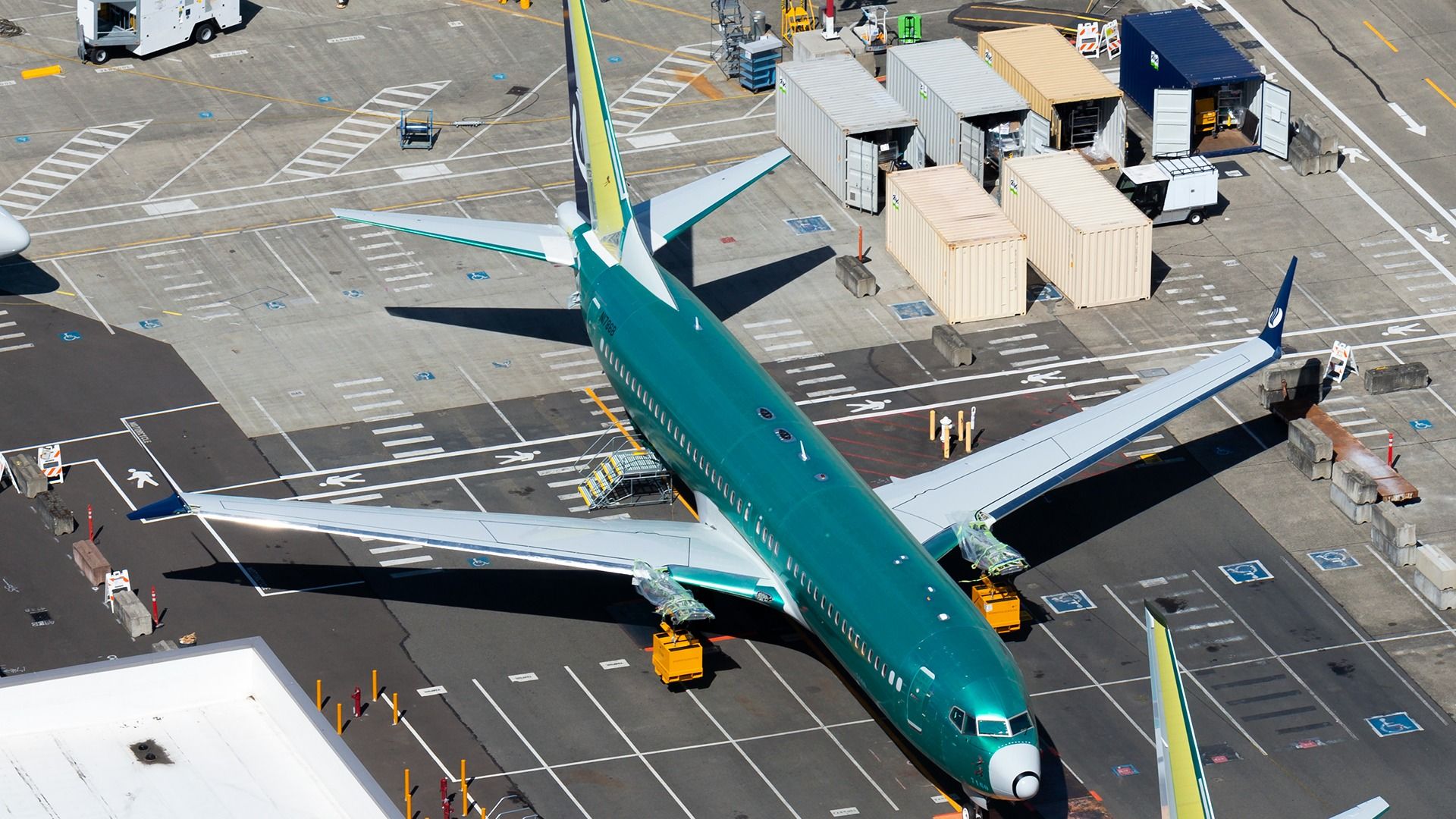Boeing and its striking machinists in St. Louis are set to involve a federal mediator in the next round of contract negotiations. Approximately 3,200 employees at Boeing Defense have been on strike for nearly nine weeks, beginning on August 4, 2025. The workers, represented by the International Association of Machinists and Aerospace Workers District 832, are advocating for higher wages and improved working conditions as they maintain advanced fighter jets and other essential weapons systems for U.S. and allied defense.
Negotiations are scheduled to resume on September 30, 2025, with a federal mediator present to facilitate discussions. The strike reached its 53rd day on September 26, 2025, matching the duration of a previous strike by IAM members in the Northwest, who are responsible for assembling the majority of Boeing’s commercial aircraft. That prior strike concluded with Boeing agreeing to significant concessions, including a 38% wage increase over four years.
Machinists are pushing for a stronger contract this time around. Recently, workers voted in favor of a union-backed proposal, rejecting Boeing’s last two offers. The new four-year agreement proposed by IAM District 837 includes a $10,000 ratification bonus, significantly higher than Boeing’s initial offer of $4,000, along with addressing crucial issues such as pay increases for top-scale members and enhancements to 401(k) benefits.
Boeing expressed disappointment at the rejection of its revised agreement, which the company claimed was the most competitive contract package offered to its St. Louis workforce. IAM Union International President Brian Bryant stated, “Our members stood up with courage and voted for a fair, responsible pathway to end this strike. Now, Boeing must honor that decision, accept this deal, and show respect for the skilled workers who are the backbone of its defense business.”
Financial Context and Company Response
Boeing is under less financial pressure compared to the previous year during a similar strike. Richard Aboulafia, managing director at AeroDynamic Advisory, noted that the current walkout is focused on military programs in low-rate production or still undergoing testing, unlike the highly profitable Boeing 737 narrowbody aircraft program. The U.S. government has already funded much of the equipment and components for the fighter jets, which mitigates the financial impact of halted production during the strike.
Boeing has indicated that it may hire replacement workers in response to the ongoing strike and is actively reviewing hundreds of applications submitted after a recent job fair. Despite the strike, the company has managed to deliver one F/A-18 and one F-15 fighter jet, as well as produce 3,120 JDAM bomb-modification kits throughout the period of labor disputes.
Lessons from Previous Negotiations
The recent developments are reminiscent of the labor agreement reached on November 4, 2024, which ended a seven-week strike that had significantly disrupted Boeing’s production and delayed aircraft deliveries. That agreement followed a vote by IAM members in the Northwest, culminating in a notable 38% wage increase over four years, alongside various other improvements.
As negotiations with a federal mediator approach, both Boeing and its machinists are under increasing pressure to find common ground to resolve the ongoing strike and restore stability to the workforce. The outcome could shape the future of labor relations within Boeing and potentially set a precedent for similar negotiations across the industry.
